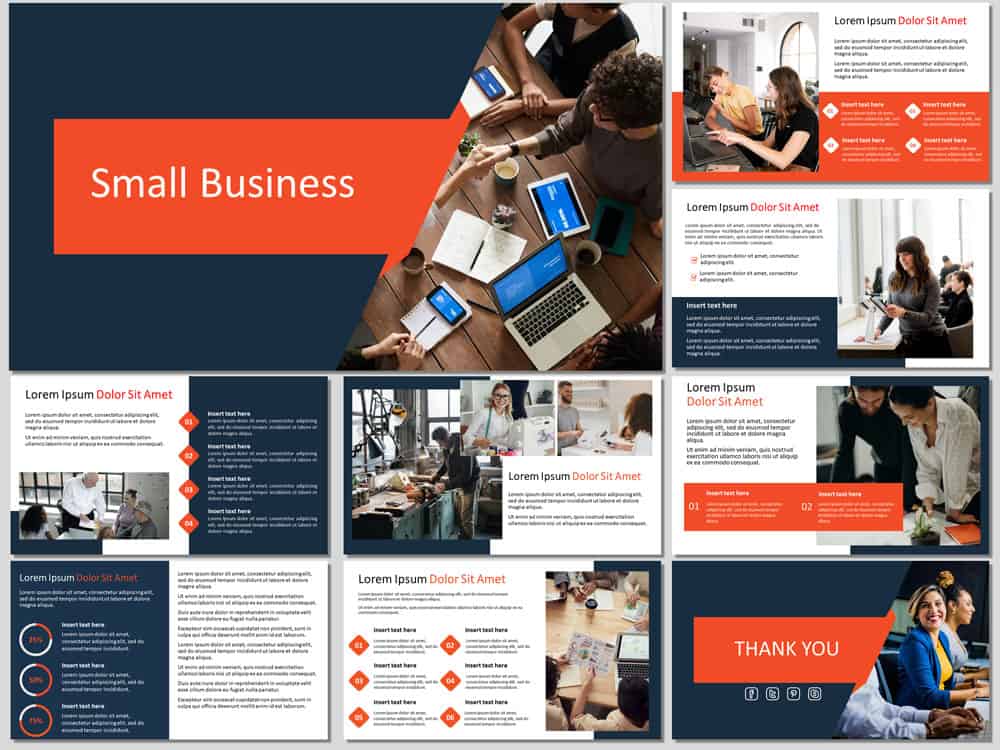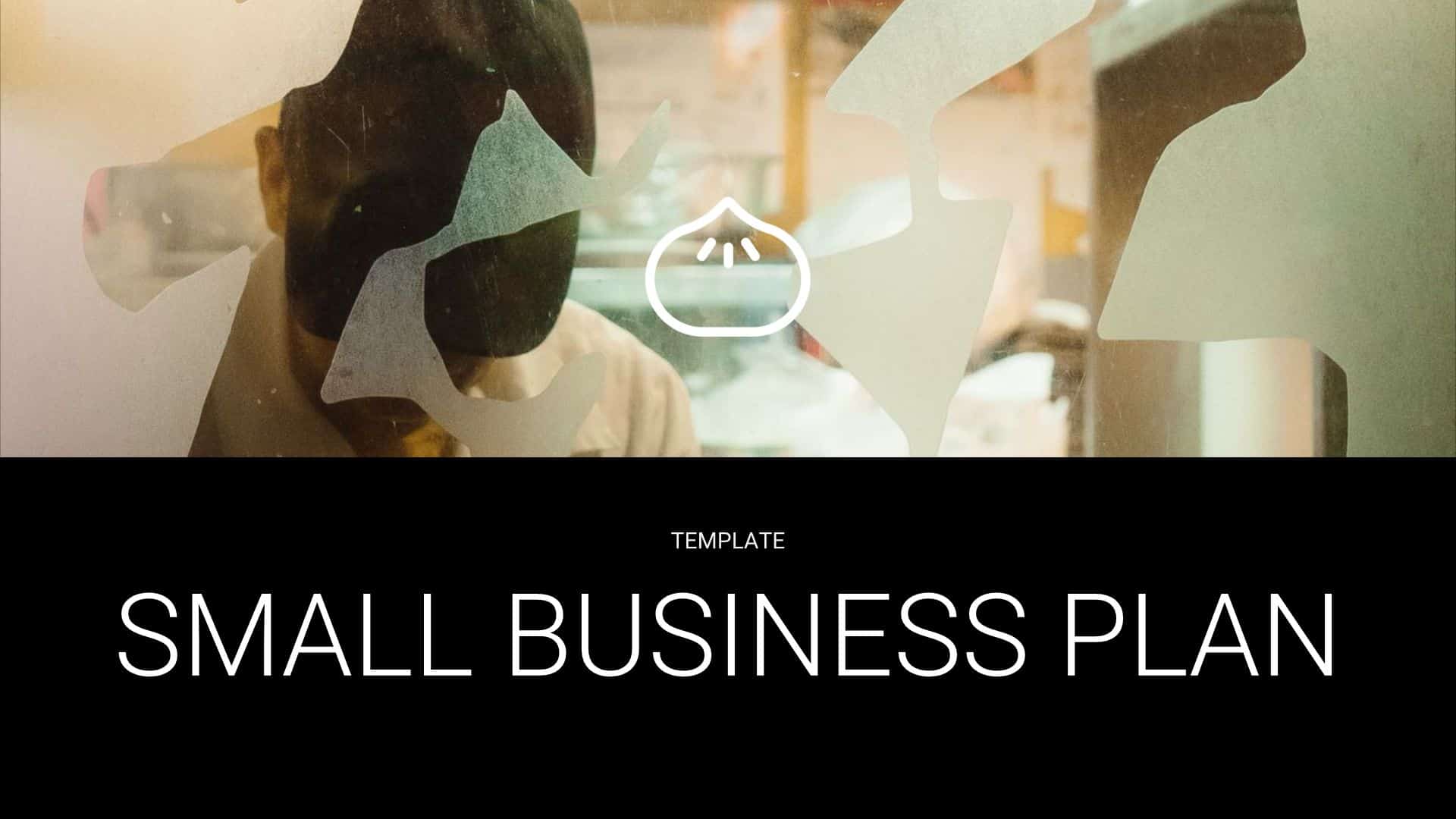Small business presentations are an essential tool for entrepreneurs and business owners. Whether you are pitching a new idea to potential investors, presenting a sales pitch to clients, or delivering a training session to your team, the way you present your information can make or break your success.
This is where PowerPoint comes in. PowerPoint is an effective tool for small business presentations, offering customizable slides, visuals, and easy-to-use features to convey information clearly and engage audiences effectively.
The Benefits of Using PowerPoint for Small Business Presentations
There are several advantages to using PowerPoint over other presentation tools. Firstly, PowerPoint is user-friendly and widely accessible. It is a part of the Microsoft Office suite, which means that most people already have it installed on their computers. This makes it easy to share your presentation with others and ensures that your audience will be able to view it without any compatibility issues.
Additionally, PowerPoint offers a wide range of features that make it a great choice for small business presentations. These features include customizable templates, a variety of slide layouts, and the ability to add images, charts, and graphs. PowerPoint also allows you to incorporate animations and transitions, which can help to make your presentation more engaging and dynamic.
How to Choose the Right PowerPoint Template for Your Presentation
Choosing the right template for your presentation is crucial as it sets the tone and visual style for your entire presentation. The template you choose should align with your brand identity and the message you want to convey. It should also be visually appealing and easy to read.
When selecting a template, consider the color scheme, font styles, and overall design. If you have a brand style guide, make sure to follow it closely to maintain consistency across all of your marketing materials. If you don’t have a style guide, choose colors and fonts that reflect the tone and personality of your brand.
Tips for Creating Engaging and Visually Appealing Slides
Creating visually appealing slides is essential to keep your audience engaged and interested in your presentation. Here are some tips to help you create engaging slides:
1. Use color strategically: Choose a color scheme that complements your brand and helps to convey your message. Use contrasting colors for text and background to ensure readability. Avoid using too many colors as it can be distracting.
2. Choose fonts wisely: Select fonts that are easy to read and consistent with your brand. Stick to one or two fonts throughout your presentation to maintain a cohesive look. Use bold or italicized text sparingly to emphasize important points.
3. Keep it simple: Avoid cluttering your slides with too much text or graphics. Use bullet points or short phrases to convey information and break up text into smaller, more digestible chunks. Use visuals, such as images or icons, to enhance understanding and engagement.
Best Practices for Using Images and Graphics in Your Presentation
Images and graphics can greatly enhance the visual appeal of your presentation and help to convey your message more effectively. Here are some best practices for using images and graphics in your presentation:
1. Choose high-quality images: Use high-resolution images that are clear and sharp. Avoid using low-quality or pixelated images as they can detract from the overall professionalism of your presentation.
2. Use relevant visuals: Select images and graphics that are directly related to the content of your presentation. This will help to reinforce your message and make it more memorable for your audience.
3. Use visuals sparingly: While visuals can be powerful, it’s important not to overdo it. Use visuals strategically to enhance understanding and engagement, but avoid overcrowding your slides with too many images or graphics.
The Importance of Using Charts and Graphs to Convey Data
Data is an integral part of many business presentations, whether you are presenting financial information, sales figures, or market research data. Using charts and graphs can help to make your data more visually appealing and easier to understand. Here are some tips for creating effective charts and graphs:
1. Choose the right type of chart or graph: There are many different types of charts and graphs available in PowerPoint, such as bar charts, line graphs, and pie charts. Choose the type that best represents your data and makes it easy for your audience to interpret.
2. Keep it simple: Avoid using too many data points or complicated visuals. Keep your charts and graphs clean and uncluttered, with clear labels and titles. Use colors strategically to highlight key points or trends.
3. Explain your data: Don’t assume that your audience will automatically understand the meaning of your charts and graphs. Take the time to explain the data and provide context so that your audience can fully grasp its significance.
How to Effectively Use Animations and Transitions in Your Presentation
Animations and transitions can add a dynamic element to your presentation and help to keep your audience engaged. However, it’s important to use them judiciously and not let them overshadow your message. Here are some tips for using animations and transitions effectively:
1. Use animations sparingly: Avoid using too many animations or overly complex ones that can be distracting. Use animations to highlight key points or to reveal information gradually, but don’t overdo it.
2. Keep it consistent: Use consistent animation styles throughout your presentation to maintain a cohesive look. Stick to a few simple animation effects rather than using a different one for each slide.
3. Use transitions strategically: Transitions can be used to smoothly transition between slides or sections of your presentation. Choose transitions that are subtle and not overly flashy, as they can detract from your message.
Tips for Rehearsing and Delivering Your Presentation Confidently
Rehearsing your presentation is essential to ensure that you deliver it confidently and professionally. Here are some tips for rehearsing and delivering your presentation:
1. Practice, practice, practice: Rehearse your presentation multiple times to familiarize yourself with the content and flow. Practice in front of a mirror or record yourself to identify areas for improvement.
2. Time yourself: Make sure that your presentation fits within the allotted time. Practice pacing yourself and adjusting your delivery speed as needed.
3. Use visual aids effectively: Familiarize yourself with your slides and know when to advance to the next slide. Avoid reading directly from your slides and use them as a visual aid to support your presentation.
The Importance of Engaging Your Audience and Encouraging Interaction
Engaging your audience is crucial to make your presentation more effective and memorable. Here are some tips for engaging your audience and encouraging interaction:
1. Ask questions: Pose questions to your audience throughout your presentation to encourage participation and keep them actively involved. This can be done through verbal prompts or by using interactive features in PowerPoint, such as polls or quizzes.
2. Use storytelling: Incorporate storytelling techniques into your presentation to captivate your audience and make your message more relatable. Share personal anecdotes or case studies that illustrate the points you are making.
3. Encourage feedback: Create opportunities for your audience to provide feedback or ask questions. This can be done through a Q&A session at the end of your presentation or by providing contact information for follow-up discussions.
How to Make Your Presentation Memorable and Impactful
Making your presentation memorable is essential to ensure that your message resonates with your audience long after the presentation is over. Here are some tips for creating a lasting impact:
1. Use storytelling techniques: As mentioned earlier, storytelling can help to make your presentation more memorable. Craft a compelling narrative that connects with your audience on an emotional level.
2. Use visuals strategically: Visuals, such as images, charts, and graphs, can help to make your presentation more memorable. Use visuals that are unique and visually striking to leave a lasting impression.
3. End with a strong call to action: Conclude your presentation with a clear and compelling call to action. This could be asking your audience to take a specific action, such as signing up for a newsletter or scheduling a follow-up meeting.
Conclusion and Final Thoughts on Using PowerPoint to Power Up Your Small Business Presentations
In conclusion, PowerPoint is a valuable tool for creating effective small business presentations. It offers a wide range of features that allow you to create visually appealing and engaging slides that captivate your audience and effectively convey your message.
So don’t underestimate the power of PowerPoint – start using it today to take your presentations to the next level.




Leave a Reply